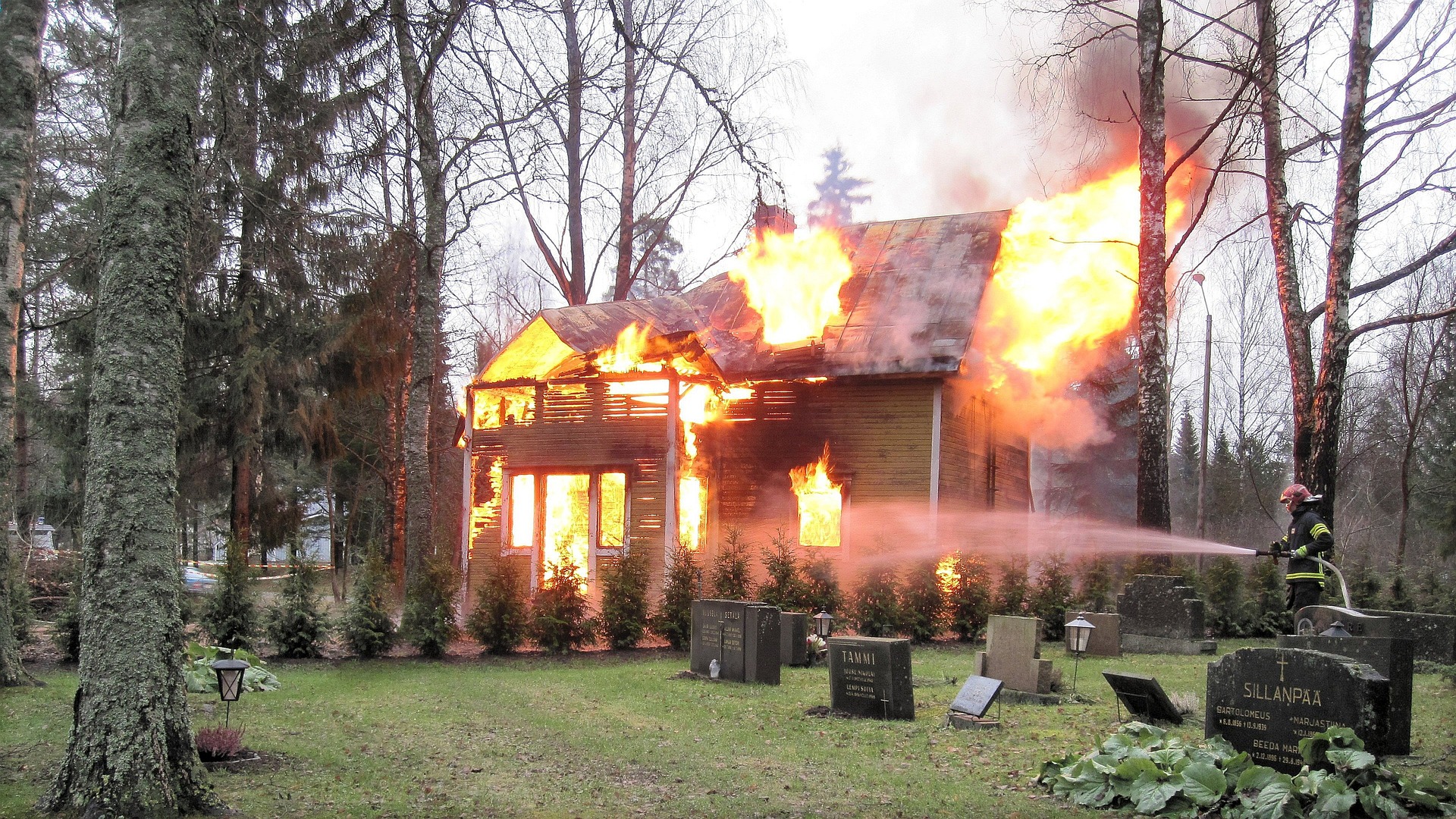 Home
Home
Smoke damage after a house fire can have long-lasting effects on a property, both structurally and aesthetically. Sure, you can still sell your property as-is to some buyers, including from “Selling A House With Fire Damage,” but if you want to restore it, be very aware of the long-term effects of the smoke damage left. From the unsightly stains on walls and ceilings to the overpowering odors that seem impossible to eliminate, smoke damage can be a homeowner’s worst nightmare. But it’s not just the appearance of your property that is at stake – there are also potential health hazards associated with lingering smoke particles. So, read on and learn more about these effects.
Structural and Cosmetic Damage
 Smoke damage can wreak havoc on both the structural integrity and cosmetic appeal of a property. When smoke particles infiltrate a building, they can settle into every nook and cranny, causing discoloration, staining, and corrosion over time. First, let’s talk about the unsightly stains that appear on walls, ceilings, and surfaces. These stains can be a real headache to remove without professional intervention. Beyond surface-level damage, smoke can also weaken the structure of a building.
Smoke damage can wreak havoc on both the structural integrity and cosmetic appeal of a property. When smoke particles infiltrate a building, they can settle into every nook and cranny, causing discoloration, staining, and corrosion over time. First, let’s talk about the unsightly stains that appear on walls, ceilings, and surfaces. These stains can be a real headache to remove without professional intervention. Beyond surface-level damage, smoke can also weaken the structure of a building.
This compromises the stability of the entire property and poses a significant safety risk if left unaddressed. Not only does smoke leave its mark on walls and structures, but it also tends to cling stubbornly to furniture, carpets, curtains – basically anything within its reach. Lingering odors are not only unpleasant but can also trigger allergies or respiratory problems for those exposed to them for prolonged periods.
Health Hazards
Your family’s health matters. However, the health hazards caused by smoke damage can have long-lasting effects on both the occupants of a property and anyone who enters it. When materials burn, they release toxic chemicals into the air that can be harmful when inhaled or come into contact with skin. The most immediate danger is respiratory problems. The particles of the smoke can irritate the lungs and cause difficulty breathing, coughing, wheezing, and even asthma attacks. Prolonged exposure to smoke can also lead to more serious conditions such as bronchitis or chronic obstructive pulmonary disease (COPD).
Lingering Odors
Did you know that even after the visible signs of smoke have been cleared, the smell can persist and become a constant reminder of the fire? These lingering odors are not only unpleasant but can also be harmful to your health. The chemicals released during a fire can penetrate porous materials such as walls, upholstery, and carpets, leaving behind an odor that seems impossible to eliminate. Traditional cleaning methods may provide temporary relief from these persistent smells, but they often fail to completely eradicate them. That’s because smoke particles can seep into every nook and cranny of your home, making it difficult to reach and remove them all.
Decreased Property Value
You might have seen it coming. Smoke can cause significant damage to both the structure and cosmetic aspects of a home, resulting in decreased market appeal and potential buyers being hesitant to make an offer. Structural damage caused by smoke can weaken the foundation, walls, and other vital components of a property. This can lead to costly repairs that potential buyers may not be willing to undertake. The decrease in property value due to smoke damage is not limited to residential properties; it also applies to commercial buildings and rental properties. In these cases, landlords may struggle to find tenants who are willing to occupy spaces with evident smoke-related issues.
Final Words
Smoke damage can have long-lasting effects on a property, causing both structural and cosmetic damage. Say your property has suffered from smoke damage after a house fire. You’ve got to take prompt action ASAP. Hiring professional restoration services will help mitigate further deterioration and ensure effective remediation of all affected areas.


